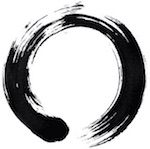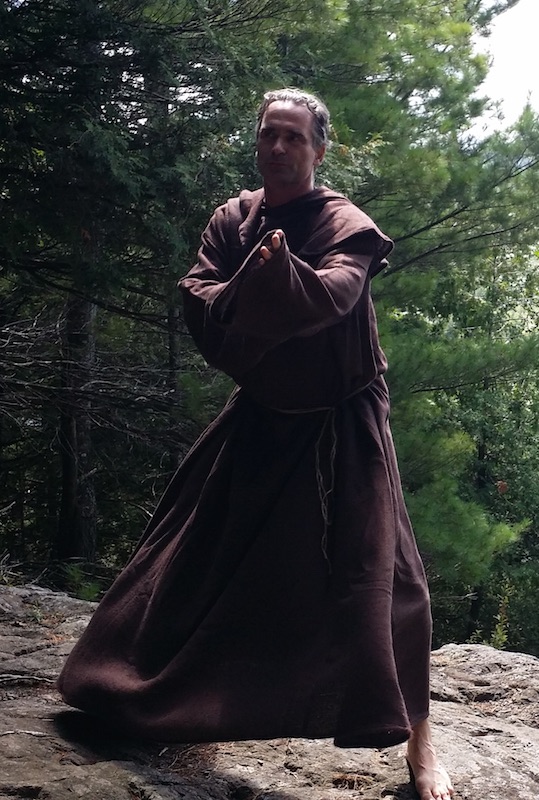Today’s training started at 5:10 am after going to bed at 2 am due to New Year’s festivities. Even with the lack of proper sleep training was good as the resolution for greater commitment towards training for 2017 was at hand.
In the martial arts we have the terms “Shugyo” and “Ningen Shugyo”. Shugyo refers to “austere daily training” while Ningen Shugyo refers to intense personal study or training. We see with the two terms that there is a slight difference in whether or not the training is personally directed but we can also say that the terms are interrelated and cross over. The major point is that the training remains sincere and is why the word austere is often used. The term “austere” can refer to a few different concepts, being: strict, severe, no comfort, and simple in appearance.
Often martial arts Shugyo training focuses solely on the severe side of the definition. And this is an error. Perhaps it has to do with the nature of martial arts or the type of personalities that are attracted to the martial arts. Whatever the case may be an undue focus on severe training can be detrimental and should be avoided. It can be detrimental because it sets the practitioner up for failure by design. It also sets the mind around the concept that something good or a preferred state of being can only result from pain and personal torture. And though this might have some basis or truth in the various mysticisms found in the world the approach is misplaced within the martial arts.
The correct view of “Shugyo” should focus on the concepts of “no comfort” [i.e.: absence of luxury], “simple in appearance” and “strict” while keeping the “severe” training to a minimum. First, we must understand that we have to remove our ego from training if we truly wish to make personal gains, especially spiritual gains. By having an undue focus on overly intense, painful and severe training we are basically doing the exact opposite. When we train with a severe mindset we are placing our ego and all its baggage at the very center of our training. We set up a conflict between our present self and some future ideal that is based on passing through some form of torture. The entire process is based on pain and conflict. Ask yourself if anything truly beneficial can come of this. More likely than not the practitioner will at some point simply give up the sadomasochistic behavior and move on to other things. Otherwise said, it does not matter if the punishment being inflicted upon you is done so by an outside party or by yourself, it is still punishment.
From a motivational theory standpoint we know that punishment can change behavior over the short-term but it does not have lasting long-term benefit and the chances that the old behavior (lack of daily training) will return is high. This is because the motivation is based on external forces. What we need in our personal daily training is reinforcement. Reinforcement can come from an external party, such as a Sensei, or internally from ourselves. It is preferred that the reinforcement comes from an internally generated source which is the point of this entry. By focusing our daily training around “no comfort”, “simple in appearance” and “strict” while leaving out the “severe” you remove your ego and any sense of punishment from your training regime. Your daily training will thus be internally generated and focused on the essentials. You will strive for simplicity in the execution of your techniques, you will exercise determination and be strict with your training schedule and finally you will develop a countenance of simplicity that others will appreciate.
Simplicity can only be nurtured by removing baggage and stripping away the unnecessary. The thought that martial arts training has to be painful and severe is a Hollywood creation. Martial arts training needs to be dedicated, honest and sincere. It pushes the martial artist out of their comfort zone and encourages breakthroughs from a position of strength. If it is solely based on pain and severity it is ultimately a weak type of training and a true love for the martial arts, your Budo, can not develop. As a result you will always feel unfulfilled and unworthy.
So, do not confuse pain and torture with true Budo training. Developing the character and spirit means developing a steadfast sense of determination, being strict with your schedule and plans and always approaching your training with a high level of sincerity that you are doing your very best. This is the way to finding a true love for Budo, a love and dedication that will be able to weather any storm. And this is the ultimate goal of Shugyo!


